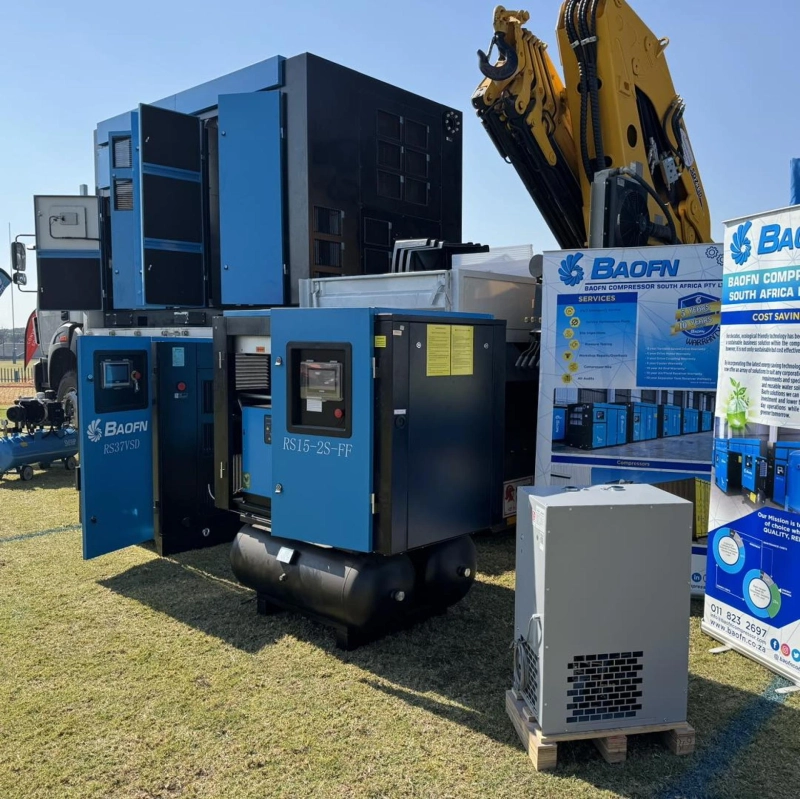Selecting an appropriate industrial generator is of high importance to sustain the processes at factories, warehouses, building sites, and other power-demanding areas. An oversized generator can cause inefficiency and unreasonable costs, as well as a failure to work with fuel efficiently, whereas an undersized generator may cause frequent failures and damaged equipment.
The crux of the matter is to determine the actual power requirements of your facility correctly and then to choose a generator that will fulfil the demands of the present and the future.
The Importance of Proper Sizing
An industrial generator is not only a backup energy system, but a vital means of security in productivity and safety. Sizing a generator properly assures:
● Constant power without overload.
● Isolation of sensitive equipment against voltages.
● Efficiency and optimised fuel consumption.
● Adherence to operational safety.
Step 1: Determine Your Power Needs
The initial step in determining an industrial generator's size is computing the aggregate power load your business needs. Begin by taking stock of all devices and systems that require operation during a power failure. These could include:
● Heavy equipment and motors.
● Lighting systems.
● HVAC systems.
● Computer servers and control systems.
● Emergency safety devices.
List each item with its running power in kilowatts (kW) or kilovolt-amperes (kVA). Keep in mind that some equipment, especially electric motor-driven equipment, takes more startup power than its operating load.
Step 2: Separate Starting and Running Loads
The most under-estimated factor in generator selection is the variance between starting and operating loads. For example, a motor may need three to six times its operating power to start. If your industrial generator is not able to meet this initial power surge, it will trip or fail. In order to provide for this, always use the greatest possible startup load in calculations.
Step 3: Consider Power Phases and Voltage
The three-phase power is normally suitable to drive the heavy-duty equipment found in an industrial facility. Considering a generator, it must be able to give the right phase and voltage output. Failing to use the correct kind of generator may cause inferior performance or damage to vital systems.
Step 4: Think of future expansion
Industrial activity is unlikely to remain the same. The energy consumption in your business will go up as your business expands. Whenever you are sizing the industrial generator, it is prudent to be future-oriented by ensuring that you procure a generator with at least 20%-25% extra capacity. This forward-planning locks out the need to upgrade the system regularly and provides long-term reliability.
Step 5: Receive Expert Situations
Online calculators and names on equipment are useful, but nothing can be more helpful than professional skills. Accurate load analysis can be offered by electrical engineers or those specialised in generators so that your generator choice conforms not only to technical needs but also to safety codes.
Conclusion
The right industrial generator would help to safeguard the productivity, salvage expensive equipment, and provide peace of mind in case of outages. Through careful analysis of load requirements, future projection companies will be sure of investing in a generator that provides them with efficiency, reliability, and cost effectiveness.
BAOFN offers industry-leading industrial generators that are built to handle rough environments. Businesses that want to support their growth with a trusted set of solutions should consider BAOFN generators.



